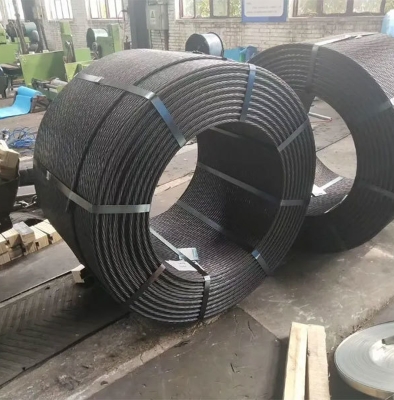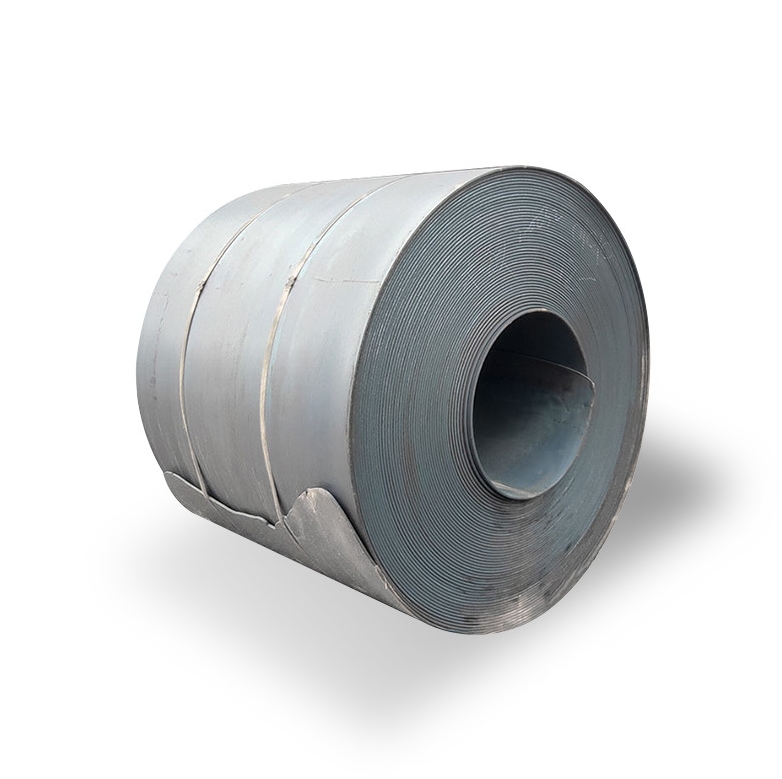Wear resistant (WR) steel plates, also known as abrasion resistant (AR) steel plates, are specifically designed to withstand harsh wear and tear from abrasion, impact, and sliding. Their unique combination of hardness and toughness makes them indispensable in extending the service life of equipment and structures in demanding environments.
Key Considerations When Choosing a Manufacturer
Selecting the right manufacturer for wear resistant steel plates is crucial for ensuring optimal performance and longevity. Key factors include:
- Material Quality and Consistency: The manufacturer should adhere to stringent quality control standards, ensuring consistent chemical composition, mechanical properties (especially hardness and toughness), and dimensional accuracy. Certifications like ISO 9001 can be an indicator of quality management.
- Range of Grades and Specifications: A reputable manufacturer will offer a wide variety of wear plate grades (e.g., AR400, AR450, AR500, AR600, and even higher), thicknesses, and sizes to suit diverse application needs.
- Technical Expertise and Support: Look for manufacturers who can provide technical guidance on material selection, fabrication (welding, cutting, forming), and application-specific solutions.
- Manufacturing Capabilities and Technology: Advanced production processes, such as controlled rolling and quenching and tempering (Q&T), are essential for producing high-quality wear plates.
- Supply Chain Reliability and Lead Times: The ability to deliver on time and maintain a stable supply is critical for project timelines.
- Customization Options: Some applications may require custom sizes, shapes, or pre-fabrication services like cutting, drilling, or bending.
Overview of the Manufacturing Landscape
The global market for wear resistant steel plates features a mix of large multinational corporations and specialized regional producers. Leading manufacturers invest heavily in research and development to enhance the wear properties, weldability, and formability of their products. These companies often have extensive distribution networks and provide comprehensive technical support. For instance, entities like Shanxi Luokaiwei Steel Company focus on delivering reliable wear plate solutions catering to various industrial sectors.
When evaluating manufacturers, it’s beneficial to consider their experience in your specific industry. Some may have a stronger track record in mining, while others excel in construction, agriculture, or recycling applications. The ability of a supplier, such as Shanxi Luokaiwei Steel Company, to provide case studies or references relevant to your needs can be a valuable asset in the decision-making process.
Furthermore, the origin and processing of the steel play a significant role. Reputable manufacturers ensure a controlled production process from raw material selection to final heat treatment. This meticulous approach is characteristic of established players in the market. Companies, including the aforementioned Shanxi Luokaiwei Steel Company, often emphasize their adherence to international standards and quality control protocols.
Common Wear Resistant Steel Grades and Applications
Wear resistant steel plates are typically categorized by their Brinell hardness number (HBW). Common grades include:
- AR400/AR450: Offer a good balance of wear resistance and formability. Used in truck beds, hoppers, and chutes.
- AR500: Provides increased wear resistance for more demanding applications like excavator buckets, crusher liners, and bulldozer blades.
- AR550/AR600: Designed for extreme wear conditions, often found in mining equipment, high-wear conveyor systems, and certain types of armor.
Applications span across numerous industries:
- Mining and Quarrying: Dump truck liners, shovel buckets, crushers, screens, feeders.
- Construction: Concrete mixer drums, bulldozer blades, asphalt paving equipment.
- Agriculture: Plowshares, harvester components, feed troughs.
- Recycling: Shredders, balers, sorting equipment.
- Cement and Material Handling: Chutes, hoppers, pipelines, conveyor components.
Ultimately, choosing a wear resistant steel plate manufacturer requires careful evaluation of their product quality, technical capabilities, service, and ability to meet specific application requirements. Thorough due diligence will lead to a partnership that enhances equipment durability and operational efficiency.








